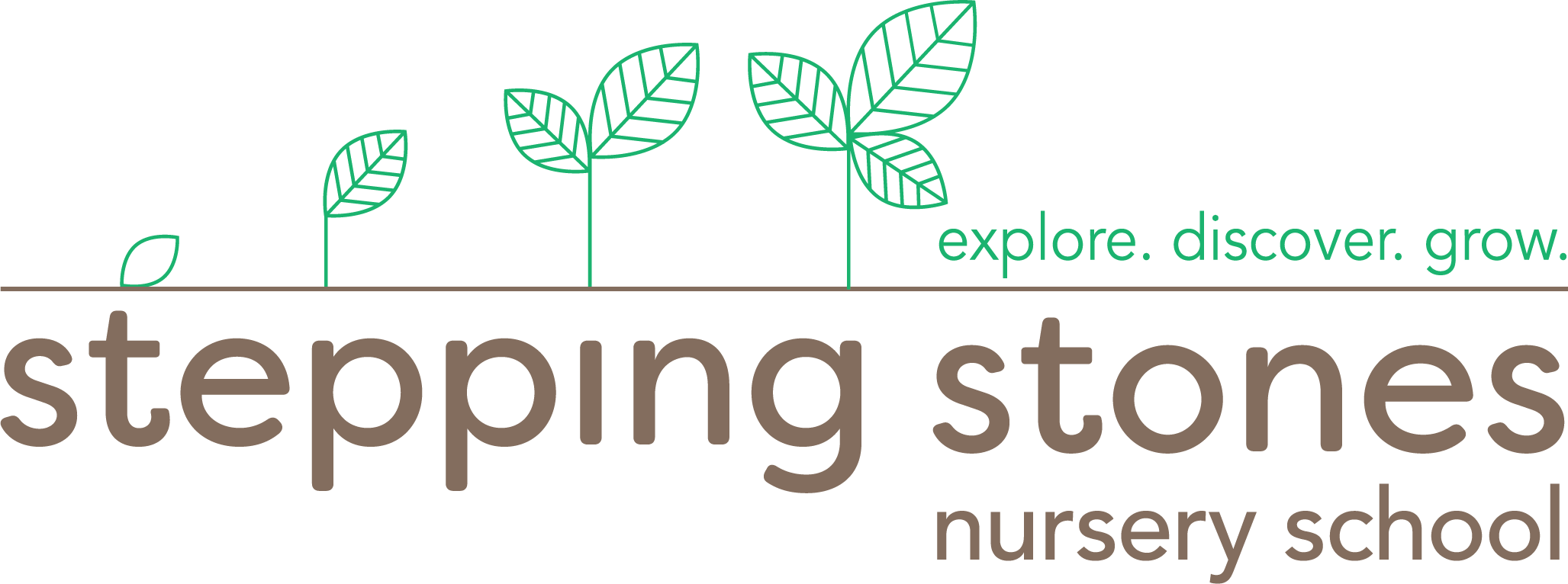Towards the end of winter in the midwest, everyone could use a little bit of inspiration. This year I was fortunate enough to visit one of my favorite sources of play-based inspiration, Boulder Journey School. Touring the classrooms at Boulder Journey, I noticed all the different opportunities there were to engage with light and various play levels across all age groups. Each room had natural light, projectors, light tables, and reflective materials. They also had materials offered on platforms, shelves, platforms, cubbies and nooks, drawing your attention and inspiring curiosity.
When I returned to Stepping Stones we decided to kick off our own Lights and Levels project across schools, illuminating and elevating our offerings to children.
Part One: Play Levels
Diversifying play levels in the classroom provides the opportunity to:
- Define Space
- Highlight materials
- Offer a new perspective


At Boulder Journey, I observed diverse play levels used for small world play, loose parts offerings, and building or construction. Our Lincoln Square Blossoms classroom has some highly engaged builders, so we decided to offer a set of platforms to that group of children to see how they responded in their play. Over the next few weeks these preschoolers engaged with one large wooden riser, and a slightly smaller mirrored platform in their construction area, as their teachers observed.
What did we notice?
 Defining Space: Both platforms served to define space for the builders. They expanded their structures from edge to edge, rarely stretching beyond the limits of the raised platform. Teachers added other play levels nearby (benches & small tables) and watched as it inspired expansion of their creations.
Defining Space: Both platforms served to define space for the builders. They expanded their structures from edge to edge, rarely stretching beyond the limits of the raised platform. Teachers added other play levels nearby (benches & small tables) and watched as it inspired expansion of their creations.
 Our wonder question: How can we continue to provide interesting defined space for building?
Our wonder question: How can we continue to provide interesting defined space for building?
 Building Up / Large Scale Building: Students began to use the platforms themselves as building materials in a large scale format; standing them on end to create a wall and stacking them on top of each other and on tables building to great heights. They also created large scale obstacle courses incorporating chairs, cushions and other large loose parts.
Building Up / Large Scale Building: Students began to use the platforms themselves as building materials in a large scale format; standing them on end to create a wall and stacking them on top of each other and on tables building to great heights. They also created large scale obstacle courses incorporating chairs, cushions and other large loose parts.
Our wonder question: How can we provide more opportunities for large scale building in the classroom and outdoors?
Enclosure: The students quickly learned that they could turn the platforms over and get inside of it like an open box. They began to create cozy sitting enclosures inside the platforms. They also began encircling the platforms with walls of blocks, chairs and other materials, keeping the inverted platforms at the center.
Our Wonder Question: How would the children respond to building under the tables, enclosed with a limit to how tall they could build?
 Dramatic Play / Storytelling: For some, the platforms were an opportunity to take the stage and engage in full body dramatic play and small world play. The platforms served as islands, dinner tables, and vehicles. The mirrored surface on the small riser served as an optical illusion when you danced or spun on the stage.
Dramatic Play / Storytelling: For some, the platforms were an opportunity to take the stage and engage in full body dramatic play and small world play. The platforms served as islands, dinner tables, and vehicles. The mirrored surface on the small riser served as an optical illusion when you danced or spun on the stage.
Our Wonder Question: How can we document and revisit our stories as a class? (dramatic play image)
Stay tuned for Part Two of our Lights and Levels project where we introduce projectors into our Logan Square preschool classroom.
- Our wooden platform was built with love by Fire City Woodworks LLC
- Check out Boulder Journey School for your own play-based inspiration and opportunities to attend their conferences!

